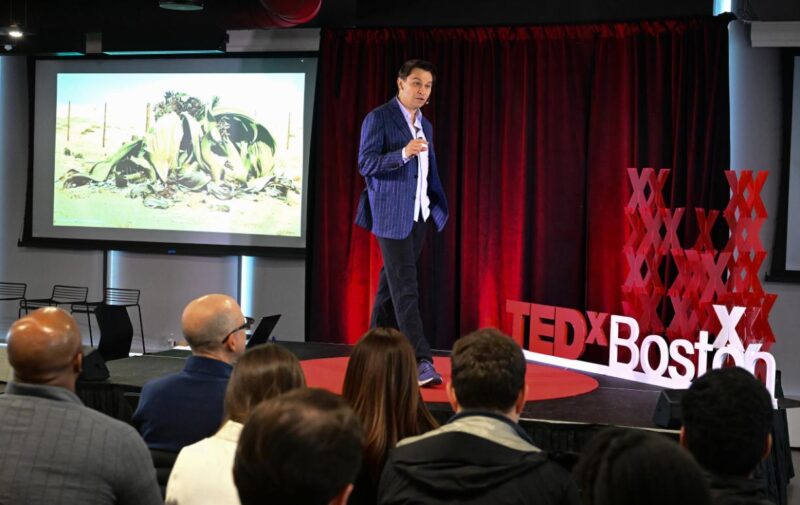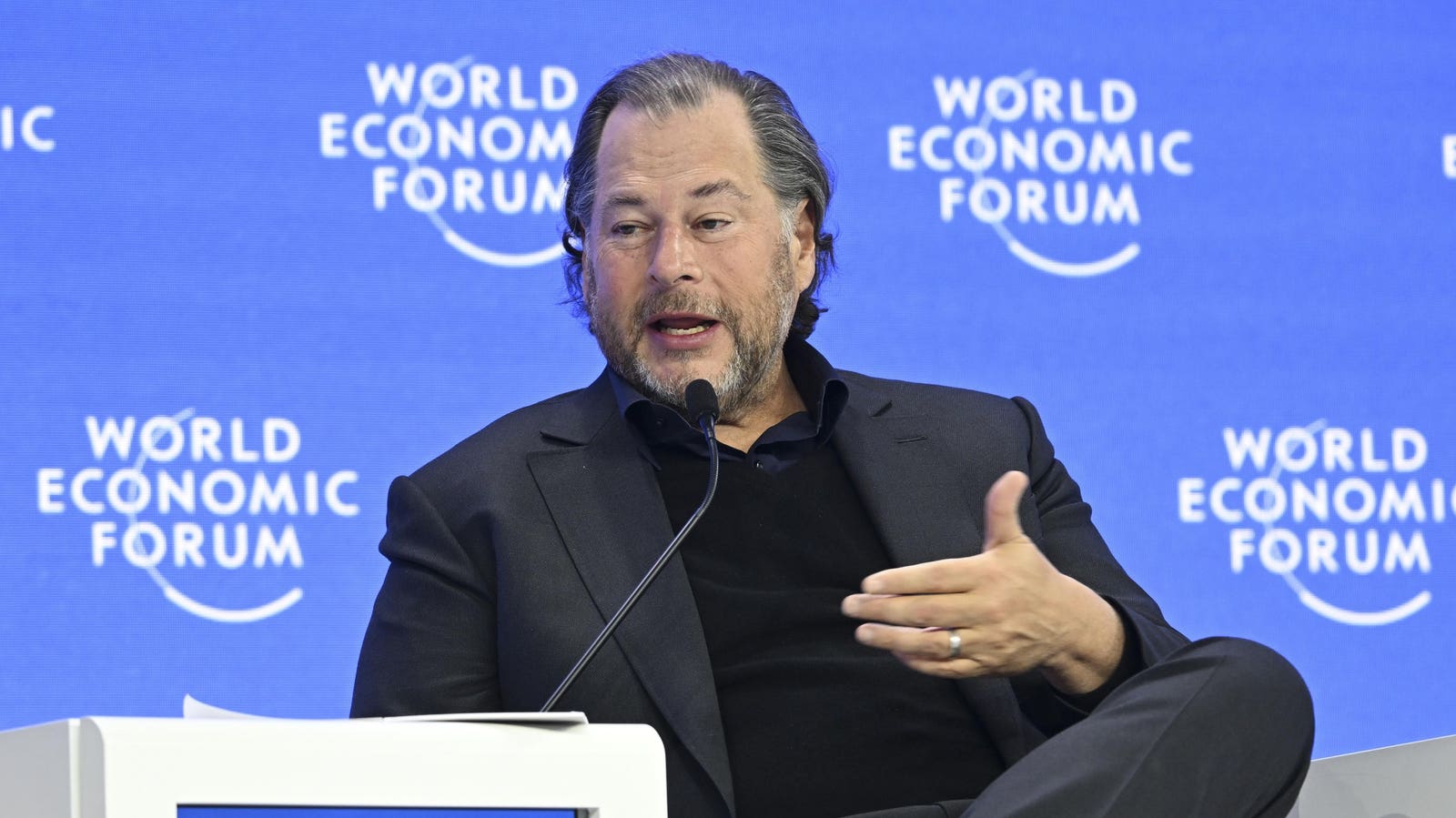David Sinclair presenting at TEDxBoston, Oct 14, 2025 @WHOOP
John Werner
The thing about aging is that it affects everybody.
Since 100% of us experience this process, everyone has a stake in learning more about how aging works.
Some of the best new science being done with AI takes aim at this issue, specifically through the lens of genetics.
Using new large language models and AI tools, scientists have made a lot of progress in mapping the human genome, and doing specific kinds of genetic research.
Some of these are uncovering ways that the medical community might be able to use genetic events to slow or even reverse aging.
The Welwitschia Plant
One characteristic example of this type of science is the welwitschia plant found in the Navi desert that uses a process called DNA methylation to suppress certain types of retrotransposons or “jumping genes.”
“The gymnosperm welwitschia mirabilis belongs to the ancient, enigmatic gnetophyte lineage,” write the authors of a widely distributed study on the plant. “It is a unique desert plant with extreme longevity and two ever-elongating leaves.”
These genes, which can cause inflammation and certain kinds of pathologies, can be turned off by the methylation process, in something broadly called epigenetics – The manipulation of genes for these kinds of outcomes.
Scientific Insight
“This organism can actually teach us quite a lot,” said David Sinclair of the welwitschia, in a recent presentation on longevity. “This plant can survive for thousands of years, and be just as healthy in midlife at a thousand years as it was when it was only 20 years old. The stabilization of this epigenome and these chemicals could be key to our own immortality.”
Sinclair is a professor at Harvard Medical School and an author of various pieces on the theory of lifestyle and aging.
He talked about how to harness this type of methylation process to alter the ways that humans age, citing a lot of research done on mice.
“What we like to say in my lab is, ‘if you can give something, you can take it away,’” he said, chronicling one such study. “And so we worked on this particular old mouse, and we used some of our new technology that we have, to reset the epigenome. And we saw for the first time in this paper that we could reverse epigenetic aging.”
This led to theory that today’s researchers are actively working on, with the understanding that diseases of aging may be related to these changes.
‘”We’ve coined a term … that epigenetic change is a major driver of aging, and is an underlying component of most diseases that ail us,” Sinclair said. “The majority of the reason we get Alzheimer’s, heart disease, diabetes, is not because the brain gets sick. It’s because the brain is now no longer young enough to heal itself from the damage that’s happening.”
Look at the Baby
“The baby is not born old,” Sinclair said, citing early research on a tadpole, where scientists took the nucleus of a tadpole from the intestinal cell of an adult and put it into an egg. “The tadpole was not born old. It was born young. You could reset the age of the DNA and make a new organism.”
The key is to get these things through FDA approval, which Sinclair suggested may happen soon.
He also pointed to breakthrough’s like the work of Gordon et. al. in 2012, on pluripotent stem cells that could be turned into various cell types, with this caveat:
“That’s not very helpful for age reversal in our bodies,” he said. “We do not want to turn our whole bodies into stem cells. We’d be the world’s biggest tumor.”
However, he suggested, the fundamental research behind Yamanaka factors could prove beneficial.
Sinclair noted another type of research done in 2016 by Juan Carlos Belmonte and others.
“They turned on the four Yamanaka factors in an adult mouse, a sick, relatively rapidly aging mouse,” he said. “And the mouse died after a couple of days, which was not great, but then they did something fascinating. They turned them off after two days, and then turned them back on another five days later. So every week, they got two days of reprogramming with these four genes called Yamanaka factors, and those mice lived longer and were healthier.”
This type of research, he suggested, is now close to being done on humans.
“There may come a day, perhaps not too far into the future, certainly within our lifetime, where we are able to be treated with these genes to reverse aging, so we can treat our own diseases by being young again,” he said.
Toward Longevity
All of this sheds light on where we are going with longevity research, and how AI will help us get there. Using predictive large language models can help zero in on what we can do with epigenetics, and this research can be applied broadly to clinical medicine.
We might end up being amazed by the results.









